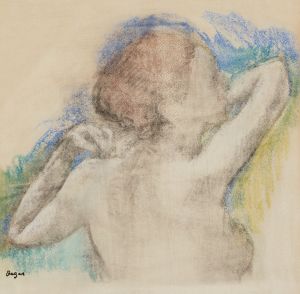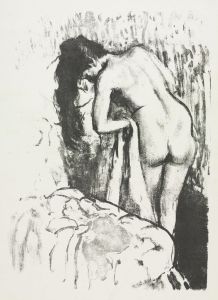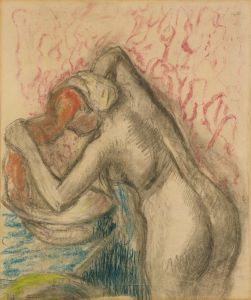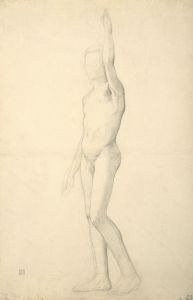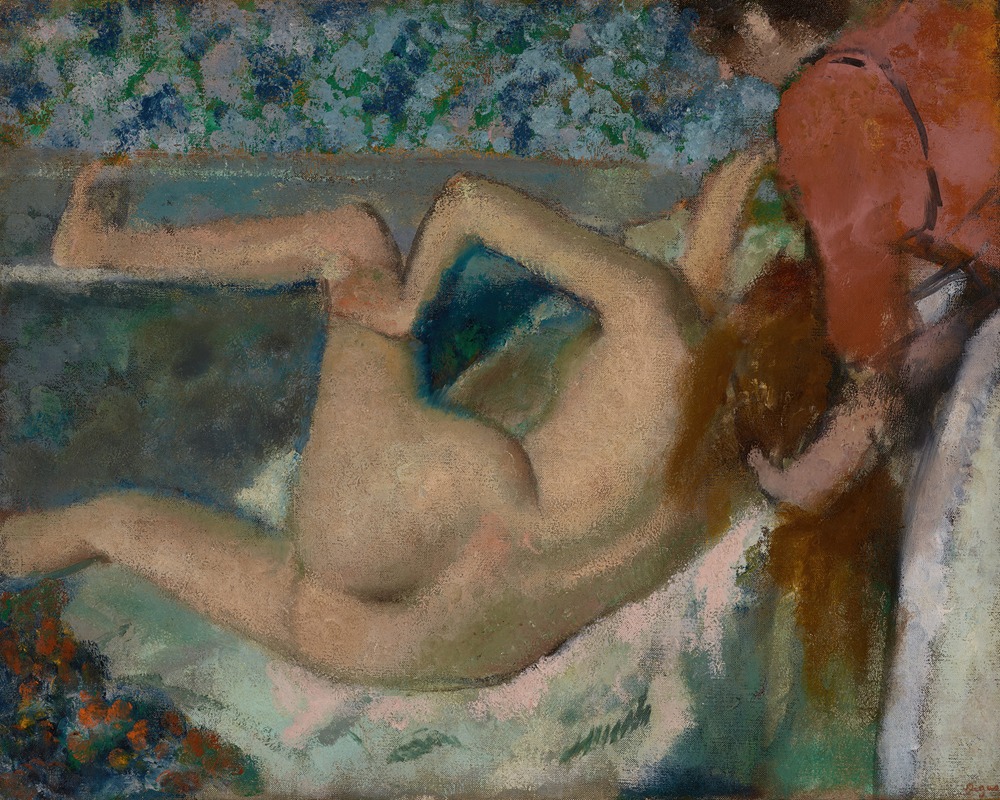
After The Bath
A hand-painted replica of Edgar Degas’s masterpiece After The Bath, meticulously crafted by professional artists to capture the true essence of the original. Each piece is created with museum-quality canvas and rare mineral pigments, carefully painted by experienced artists with delicate brushstrokes and rich, layered colors to perfectly recreate the texture of the original artwork. Unlike machine-printed reproductions, this hand-painted version brings the painting to life, infused with the artist’s emotions and skill in every stroke. Whether for personal collection or home decoration, it instantly elevates the artistic atmosphere of any space.
"After the Bath" is a series of works by the renowned French artist Edgar Degas, who is celebrated for his innovative contributions to the Impressionist movement. Degas, born on July 19, 1834, in Paris, France, is best known for his depictions of dancers, women at their toilette, and scenes of Parisian life. His works often focus on the human figure, capturing intimate and candid moments with a distinctive style that combines elements of Impressionism and Realism.
The "After the Bath" series, created during the late 19th century, is a collection of paintings, pastels, and drawings that explore the theme of women bathing. These works are characterized by their intimate portrayal of women in private moments, often depicted in various stages of bathing or drying themselves. Degas's approach to these subjects is notable for its candidness and the sense of immediacy it conveys, offering viewers a glimpse into the private, everyday rituals of women.
Degas's technique in the "After the Bath" series is marked by his use of unusual perspectives and compositions. He often employed a high viewpoint or cropped framing, which gives the viewer a sense of peering into a private world. This compositional choice reflects Degas's interest in Japanese prints, which were becoming popular in Europe at the time and influenced many Impressionist artists. The use of pastels in many of these works allows for a soft, delicate rendering of skin tones and textures, enhancing the intimate atmosphere of the scenes.
The series is also notable for its exploration of the human form and movement. Degas was fascinated by the way bodies moved and interacted with their surroundings, and he often captured his subjects in dynamic poses. This interest in movement is evident in the "After the Bath" series, where the figures are depicted in various stages of action, such as bending, stretching, or reaching for a towel. Degas's keen observation of the human body and his ability to convey a sense of motion and fluidity are hallmarks of his style.
While Degas is often associated with the Impressionist movement, he differed from many of his contemporaries in his approach to color and light. Rather than focusing on the effects of natural light, Degas was more concerned with the depiction of form and the use of line. In the "After the Bath" series, this focus is evident in the careful attention to the contours of the body and the interplay of light and shadow on the skin.
The "After the Bath" series reflects Degas's broader interest in the theme of women and their daily lives. His works often depict women in moments of introspection or engaged in routine activities, offering a nuanced portrayal of femininity and domesticity. This focus on the female form and the intimate moments of everyday life is a recurring theme in Degas's oeuvre, and it is one of the reasons his work continues to resonate with audiences today.
Overall, Edgar Degas's "After the Bath" series is a testament to his skill as an artist and his ability to capture the beauty and complexity of the human form. Through his innovative compositions and masterful use of pastels, Degas created works that are both intimate and timeless, offering a unique perspective on the private world of women.










